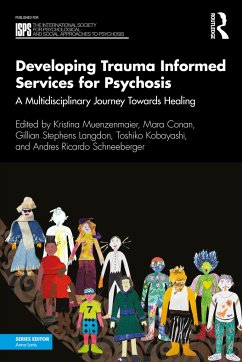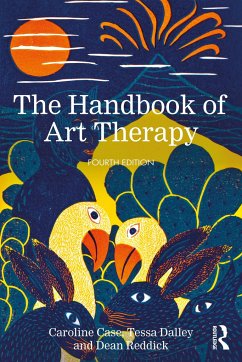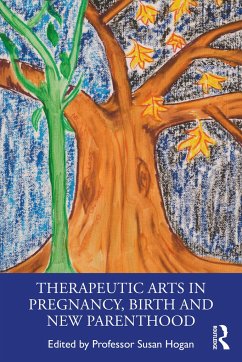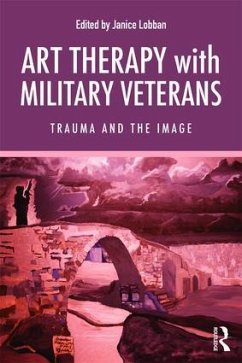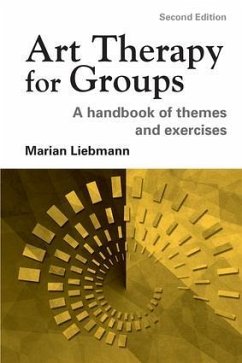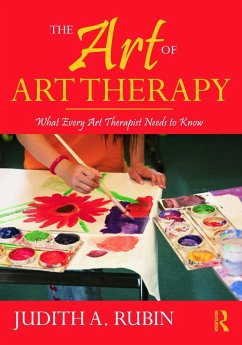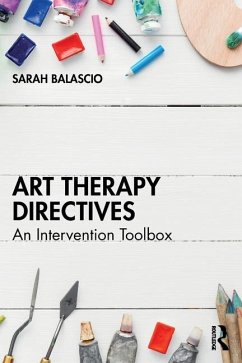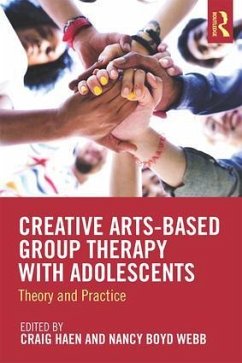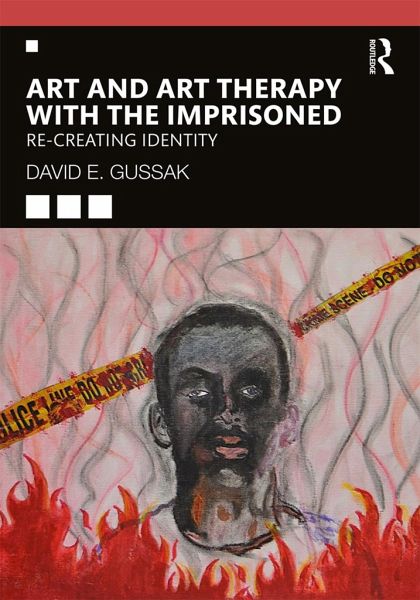
Art and Art Therapy with the Imprisoned
Re-Creating Identity
Versandkostenfrei!
Versandfertig in 6-10 Tagen
41,99 €
inkl. MwSt.
Weitere Ausgaben:

PAYBACK Punkte
21 °P sammeln!
Through the author's experiences, investigations and discussions with artists, art therapists and inmates from around the world, Art and Art Therapy with the Imprisoned: Re-Creating Identity comprehensively explores the efficacy, methods, and outcomes of art and art therapy within correctional settings.The text begins with a theoretical and historical overview of art in prisons as a precursor to exploring the benefits of art therapy, followed by a deeper exploration of art therapy as a primary focus for wellness and mental health inside penitentiaries. Relying on several theoretical perspectiv...
Through the author's experiences, investigations and discussions with artists, art therapists and inmates from around the world, Art and Art Therapy with the Imprisoned: Re-Creating Identity comprehensively explores the efficacy, methods, and outcomes of art and art therapy within correctional settings.
The text begins with a theoretical and historical overview of art in prisons as a precursor to exploring the benefits of art therapy, followed by a deeper exploration of art therapy as a primary focus for wellness and mental health inside penitentiaries. Relying on several theoretical perspectives, results of empirical research studies, and case vignettes and illustrations gleaned from over 25 years of clinical and programmatic experience, this book argues why art therapy is so beneficial within prisons.
This comprehensive guide is essential reading for professionals in the field, as well as students of sociology, criminology, art theory, art therapy, and psychology who wish to explore the benefits of art therapy with inmate populations.
The text begins with a theoretical and historical overview of art in prisons as a precursor to exploring the benefits of art therapy, followed by a deeper exploration of art therapy as a primary focus for wellness and mental health inside penitentiaries. Relying on several theoretical perspectives, results of empirical research studies, and case vignettes and illustrations gleaned from over 25 years of clinical and programmatic experience, this book argues why art therapy is so beneficial within prisons.
This comprehensive guide is essential reading for professionals in the field, as well as students of sociology, criminology, art theory, art therapy, and psychology who wish to explore the benefits of art therapy with inmate populations.





